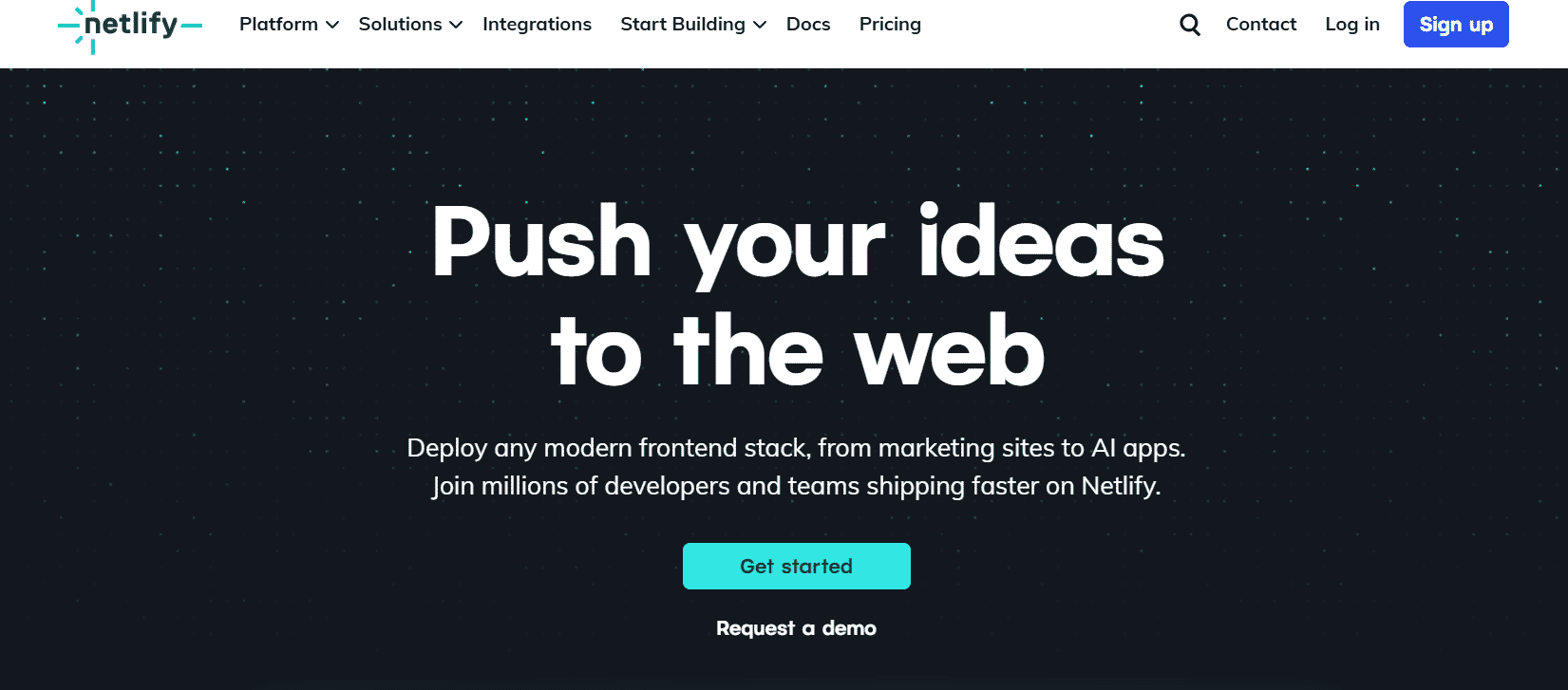In the world of web development and deployment, few companies have made as significant an impact in recent years as Vercel. What started as a solution for deploying JavaScript applications has evolved into a comprehensive platform that has fundamentally changed how developers think about building and shipping web applications. Let's explore how Vercel revolutionized the deployment landscape and examine the competitors working to close the gap.
The Vercel Revolution
Vercel (formerly Zeit) emerged with a simple yet powerful promise: make deployment painless for frontend developers. Their innovation wasn't just technical—it was philosophical. They understood that developers wanted to focus on building features, not configuring infrastructure.
Key Innovations
- Git-based Deployments: Vercel pioneered the now-popular approach of deploying directly from Git repositories. Commit, push, and your changes are live—no additional steps required.
- Preview Deployments: Perhaps their most transformative contribution was automatic preview deployments for every pull request. This feature dramatically improved collaboration between developers, designers, and stakeholders.
- Edge Network: Vercel built a global edge network that automatically distributes applications worldwide, delivering content from the closest possible node to each user.
- Framework Optimization: Their deep integration with Next.js (which they maintain) created an optimized path for React developers that "just works" out of the box.
- Developer Experience: From their clean dashboard to intuitive CLI tools, Vercel prioritized developer experience in a way few platforms had before.
The Impact on Development Workflows
Vercel didn't just change where code is deployed; it transformed entire development workflows. Teams could now:
- Iterate faster with instant feedback on changes
- Collaborate more effectively through preview URLs
- Focus more on code and less on infrastructure
- Deliver better performance to end users globally
- Integrate seamlessly with their existing tools
This shift moved deployment from being a specialized task performed by operations teams to something any developer could handle with minimal friction.
The Competition Catches Up
Vercel's success hasn't gone unnoticed, and several competitors have emerged with their own takes on the modern deployment platform:
Netlify
The closest competitor to Vercel, Netlify offers many similar features:
- Git-based deployments
- Preview deployments
- Edge functions
- Form handling
Where Netlify differentiates is with additional features like split testing, form handling, and a more mature approach to handling traditional CMS integrations.
Cloudflare Pages
Leveraging their massive global network, Cloudflare Pages provides:
- Unlimited bandwidth
- Fast builds through caching
- Integration with Cloudflare's security features
- Workers for serverless functions
Cloudflare's advantage is their established CDN and security infrastructure, offering developers an all-in-one solution.
AWS Amplify
Amazon's entry into this space combines:
- Simplified cloud services access
- CI/CD pipelines
- Backend integration with AWS services
- Auth and database management
Amplify's strength lies in its seamless connection to the broader AWS ecosystem.
Render
A newer player focusing on simplicity:
- Zero-config deployments
- Support for more than just static sites
- Free SSL and DDoS protection
- Global CDN
Render appeals to developers looking for Heroku-like simplicity with modern features.
GitHub Pages with Actions
Even GitHub has evolved their offering:
- Free hosting for static sites
- Custom GitHub Actions for flexible deployment pipelines
- Integration with the most popular code repository
What's Next for Deployment Platforms?
As competition intensifies, we're seeing new battlegrounds emerge:
- Full-stack Solutions: Platforms are expanding beyond frontend to offer more comprehensive backend solutions.
- Developer Analytics: More detailed insights into application performance and user behavior.
- AI Integration: Automated optimizations and intelligent suggestions for improving deployments.
- Cost Optimization: More granular pricing models that align with actual resource usage.
- Enterprise Features: Advanced security, compliance, and collaboration tools for larger organizations.
Conclusion
Vercel fundamentally changed the deployment landscape by prioritizing developer experience and seamlessly integrating with modern development workflows. While competitors are rapidly catching up and innovating in their own ways, Vercel's influence on how we think about deployment is undeniable.
The real winners in this competitive landscape are developers, who now have more powerful, flexible, and user-friendly options than ever before for bringing their creations to the world. As these platforms continue to evolve, we can expect even more innovation that further simplifies and enhances the deployment process.
